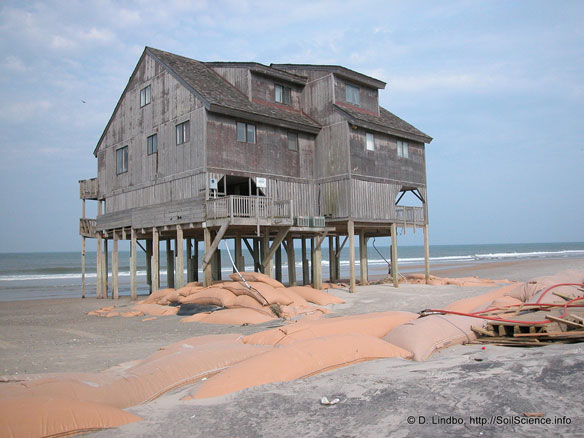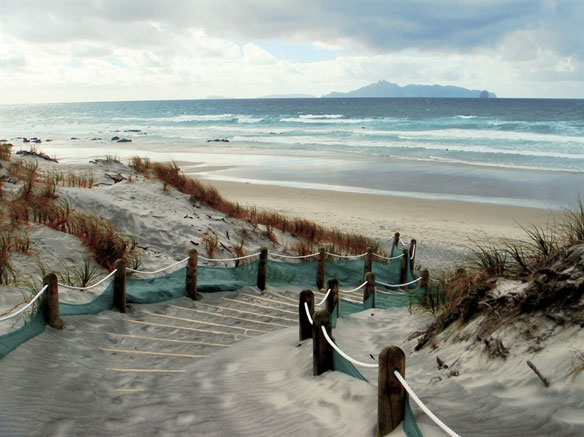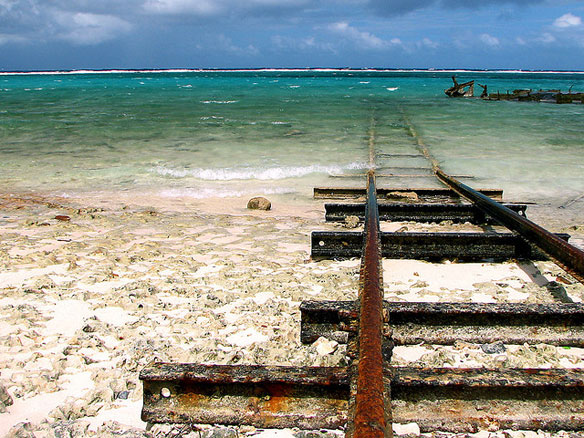Islands Going Under, The Carteret Islands

The Carteret Islands off the coast of Papua New Guinea are drowning… What should have been an idyllic South Pacific paradise, is rapidly turning into a climate change disaster site.
Study details significant sea level rise

Since the late 19th century, sea level has risen by more than 2 millimeters per year on average, the steepest rate for more than 2,100 years. The new study does not predict the future, yet it does show “there is a very close link between sea level and temperature. So for the 21st century when temperatures will rise, so will sea level.”
Ongoing Sand Mining Mafia, Konkan coast, India

Sand mining had come to a near standstill last year after the Bombay High Court banned it, however Maharashtra’s creeks and the Konkan coast and beaches do remain prey to the sand mafia.
Voices for Change, Sydney Australia

“Billions of people will be affected by impacts of climate change… One of them is you.”
The Speed of Change: Oceans in Distress, An International Report

Sponsored by the International Programme on the State of the Ocean (IPSO), the 27 participants from 18 organisations in 6 countries produced a grave assessment of current threats, and a stark conclusion about future risks to marine and human life if the current trajectory of damage continues: that the world’s ocean is at high risk of entering a phase of extinction of marine species unprecedented in human history.
The Mediterranean and Climate Change’s Impacts

One of the most serious threats to life in the Mediterranean region, and indeed every part of the global ocean, is climate change. Climate change is already having an impact on the marine environment and this is likely to escalate swiftly, increasing seawater temperatures and coastal erosion, altering salinity and currents and causing serious declines in biodiversity.
Cuba: Sea levels to rise more than 30 in. by 2100

Cuban scientists warn that right now it is urgent to preserve mangroves, coral reefs, sea grass and sand beaches. Each of these ecosystems is a natural barrier to defend the coasts from the impact of climate change and sea level rise. Most of the 400 beaches of Cuba’s territory are affected by erosion with a receding coastline estimated at 1.2 meters per year.
2011 Ashden Awards international finalists, in pictures

Eight sustainable energy pioneers from Africa and Asia have been selected as international finalists for the prestigious Ashden Awards for sustainable energy 2011.
One million Bangladesh Homes on Solar Power

The number of households in electricity-starved Bangladesh using solar panels has crossed the one million mark, the fastest expansion of solar use in the world.
